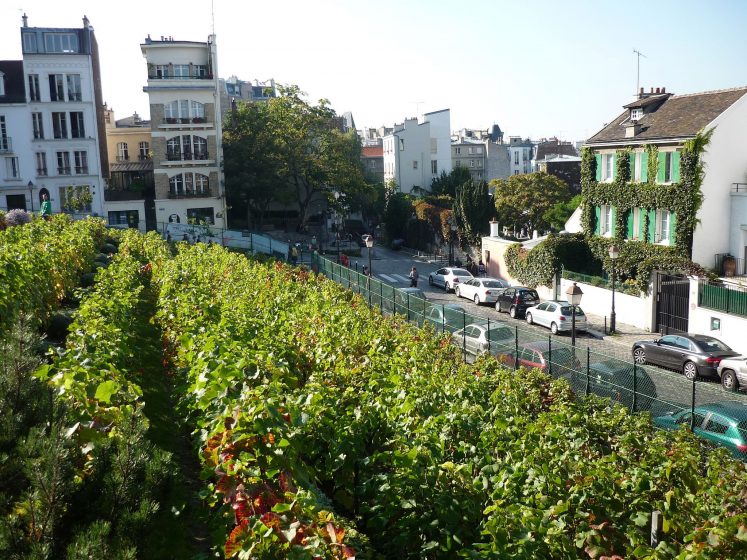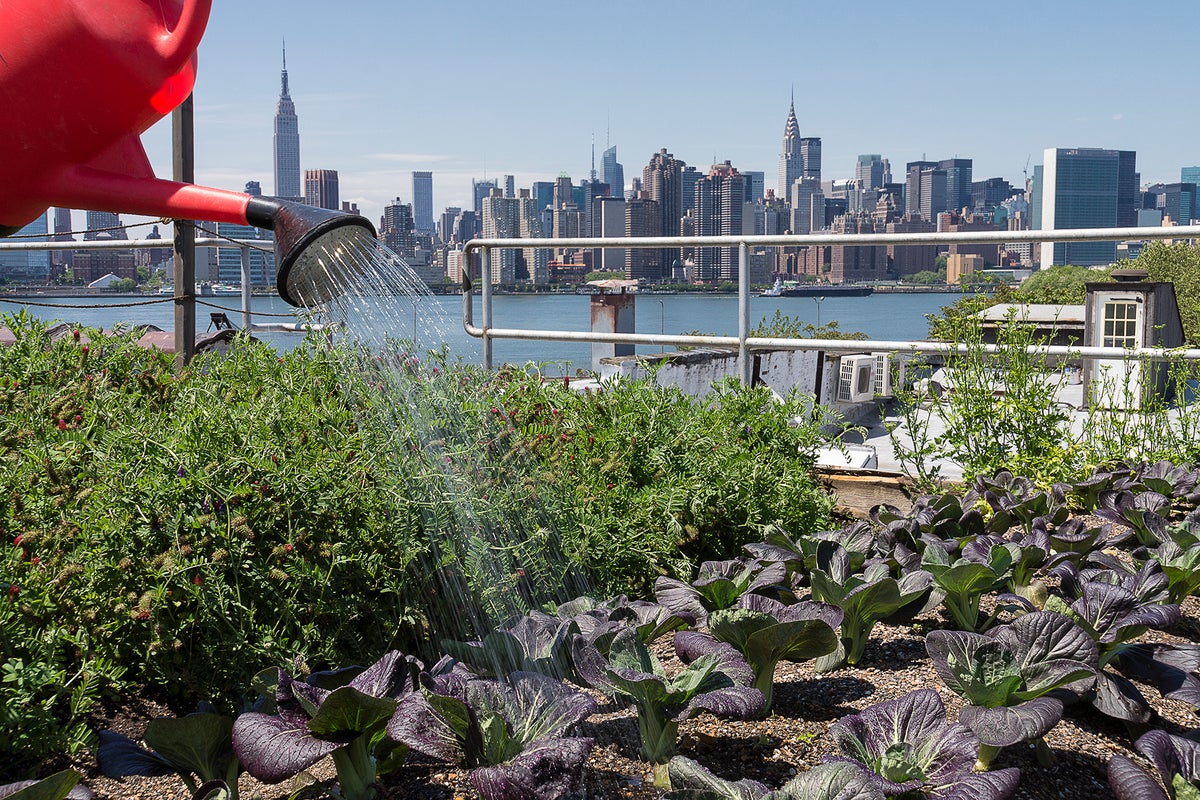Some Ideas on City Blooming You Need To Know
Some Ideas on City Blooming You Need To Know
Blog Article
City Blooming Can Be Fun For Everyone
Table of ContentsThe Definitive Guide to City BloomingIndicators on City Blooming You Need To Know4 Easy Facts About City Blooming ExplainedThe Of City BloomingCity Blooming - The Facts
Interested in growing food for sale in the City of Chicago? Below is a listing of frequently asked concerns relating to the guidelines and guidelines that growers ought to take into consideration when planning a metropolitan agriculture project.
The zoning modification does not modify any type of other codes managing composting, building authorizations, purchasing or leasing City possessed residential or commercial property, business licenses or ecological contamination. There are existing codes that control these issues and they remain completely result and may apply to your task. Area gardens are commonly had or handled by public entities, public organizations or community-based organizations and preserved by volunteers.
Urban ranches expand food that is planned to be marketed, either on a nonprofit or for-profit basis. Because of their business purpose, metropolitan ranches need a business permit. Yes. An area yard is enabled to sell excess produce that was grown on website if the sales are accessory or subordinate to the garden's primary purpose defined over.
Some Known Incorrect Statements About City Blooming
The quantity of garden compost product can not go beyond 25 cubic yards at any offered time according to the criteria in 7-28-715 of the City's Municipal Code. Because the soil at many new garden websites needs modifying, garden compost, dirt, timber chips, or various other materials can be gotten to build or improve the growing space.

If a structure permit is required after that the hoophouse will be thought about an accessory building. You can find out even more about the building permit demands by calling the Department of Structures. The 25,000-square-foot size restriction is planned to stop a single area yard from controling a given block or interfering with the block's existing residential or commercial personality.
The limit does not relate to yards found in Public Open Area (POS) districts. Can there be more than one neighborhood yard that is 25,000 square feet on a single block? Yes. The size limitation applies to specific gardens, not to individual blocks. No. Fence is not required, however, yards that have large parking lot may be required to set up secure fencing or various other landscaping features.
City Blooming for Beginners
B1 & B2 districts need Going Here that all commercial use tasks be performed indoors. R areas limit commercial task. The guidelines mirror the objective and intent of the Zoning Code. Is secure fencing needed for city ranches? Yes. Fences might be needed, along with landscape design and testing, for certain vehicle parking locations and outside job or storage locations depending upon area and the certain activity happening.
Yes. Urban ranches call for structure authorizations and zoning approvals prior to building. Various other kinds of city evaluation might be called for relying on certain structures, tasks, size, landscaping, licensing, public heath and stormwater management issues. Much of these requirements are recognized in the task style or allowing process, nevertheless, the candidate may be liable to individually identify certain licenses or permits that might be needed.
The Division of Service Affairs and Customer Protection can assist figure out the details kind of business permit that's required. Off street auto parking is required for many business jobs in Chicago. The called for number of car park rooms is based on the number of employees working on site and not the square footage of the expanding area.
Getting The City Blooming To Work

A city farm can sell garden compost material produced on website, however, the procedure must conform with the guidelines in 7-28-715 of the Chicago Municipal Code. Aquaponic systems are allowed indoors on metropolitan farms in several zoning districts.
As much as five hives or swarms of honey might be maintained as an accessory usage. Nevertheless, beekeepers should sign up with the Illinois Department of Agriculture. To find out more regarding the suggested zoning change you might get in touch with the Division of Housing and Economic Growth, Bureau of Planning and Zoning at 312.744.8563.
Farming in cities and metropolitan areas A city farm in Chicago. Urban farming describes various practices of growing. https://peatix.com/user/22844047/view, handling, and dispersing food in city areas. The term additionally puts on the area tasks of animal husbandry, aquaculture, beekeeping, and cultivation in an urban context. Urban agriculture is differentiated from peri-urban farming, which occurs in backwoods at the edge of suburban areas.
The Best Strategy To Use For City Blooming
, who look for to create social networks started on a shared ethos of nature and community holism. These networks can create by means of formal institutional assistance, coming to be integrated right into regional community preparation as a "change town" movement for sustainable urban advancement.
Some of the first proof of city farming comes from Mesopotamia.
Report this page